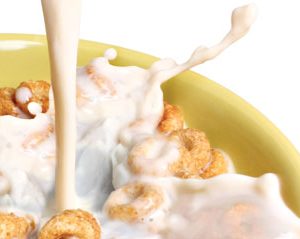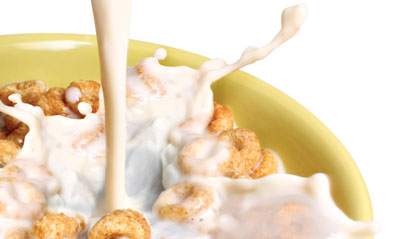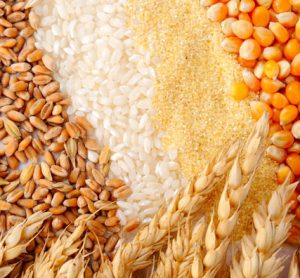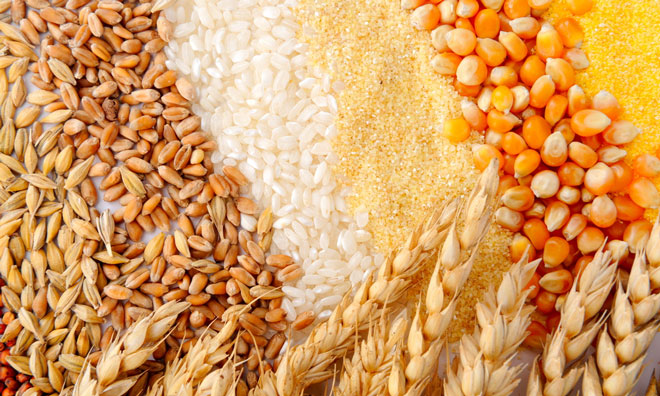Rheology as a design tool for novel food concepts
2 September 2014 | By Leonard M. C. Sagis and Elke Scholten, Physics and Physical Chemistry of Food, Wageningen University
The rheological properties of food products are very important in the production, preparation, and consumption of food. Rheological measurements are therefore a highly useful tool in the design of novel food concepts. Here we discuss the use of rheological techniques to develop and characterise pasta and noodle products, with high…












